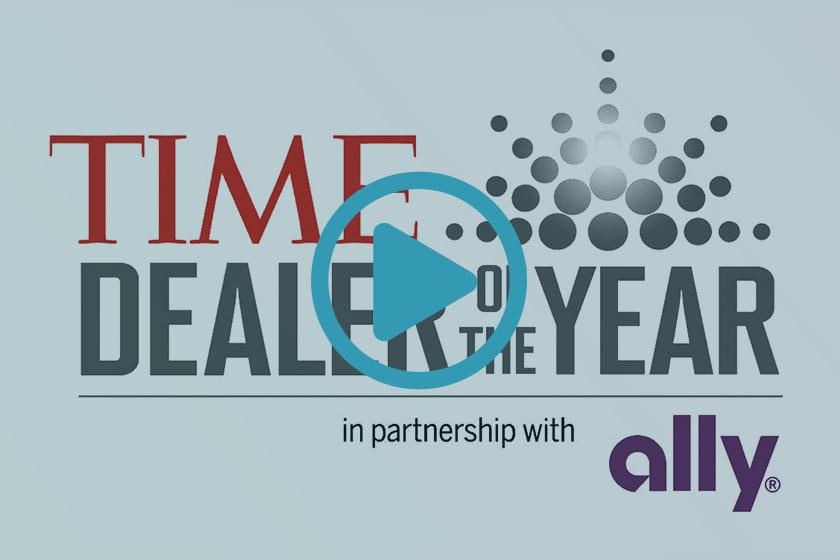Displaying items by tag: Video Advertising
Your Guide to Connected TV Advertising
Digital advertisers clearly have a lot of confidence in connected TV (CTV). According to data compiled by eMarketer, connected TV advertising will surpass $17 billion this year, and is expected to hit $21.4 billion by the end of 2023. Still, the question remains: Exactly where does connected TV advertising fit within your overall marketing strategy?
Over the past couple of years, we’ve seen some noteworthy shifts in how people consume information and entertainment. One of the biggest beneficiaries of these shifts is connected TV, or CTV. Whether it’s attributable to the pandemic or to technological changes that were already in progress, more and more consumers are turning to CTV for entertainment, making it one of the fastest-growing trends in digital advertising.
Planning the Perfect Programmatic Campaign
It takes some time to develop a comprehensive programmatic ad campaign… but ultimately, that time can prove very well-spent. Not only does proper planning help improve your results, but it can also make it much easier for you to pivot and adapt as necessary.
When developing a digital marketing strategy, it’s vital to account for the preferences and behaviors of the audience you’re trying to engage with. That may sound like a simple point, but in actual practice, aligning strategy with audience can be a challenge. That’s because consumer trends are in a constant state of flux, which means that marketers must be nimble and adaptive.
Short-Form Video Is Here to Stay
As you’ve no doubt noticed, short-form videos are everywhere these days. The most prominent example is TikTok, the social platform whose soaring popularity has been closely intertwined with the more general uptick in short video content. You can also find plenty of examples of more tenured social platforms getting in on the action: Think Instagram Reels, YouTube Shorts, and more.
Over the past 18 months, most advertisers have changed their strategies considerably. Of course, there’s been good reason for this: Our world has gone through a season of unprecedented change and disruption, and advertisers have been wise in adapting their strategies accordingly.
Essential Benefits of Video Advertising
Spend even a few seconds on the social media platform of your choice and you are almost guaranteed to see a video. In fact, most of us would readily admit to watching at least a couple of short video advertisings from our smartphones, each and every day. Clearly, video content is an essential part of the digital experience, and thus presents an invaluable opportunity for marketers to connect with their audience.
Why Digital Video is Paramount in 2021
By now it is cliché to point out how much our world has changed since the onset of the COVID-19 pandemic; certainly, the past year has proven disruptive to consumer behavior, forcing advertisers to adapt in kind. As we wade deeper into a new year, and as we see more and more reason for optimism that the pandemic is in its endgame, many marketers are wondering what kind of tactics they should be investing in.
Tips for Optimizing Your YouTube Videos
YouTube videos can be an effective way to educate and inform your customers, to demonstrate thought leadership, or to show off your products and services. Ultimately, YouTube may help you grow your business considerably… but only if you can actually get viewers.
The Benefits of YouTube Advertising
There’s a very simple case to be made for why businesses and brands should have a presence on YouTube. That argument is reach. With more than two billion users logging in every single month, YouTube is the second most popular website in existence.
ready to get started?
don’t know where to start?
-
did you know?
A lot of our best work… is invisible.
We use microdata on all of the sites we build to make sure important details like address and business hours are passed on to Google and other search engines, making it easier for your customers to find you both on and off the web.
-
be a success story.
Lake Norman Chrysler Dodge Jeep Ram
AUTO DEALER MARKETING PARTNER
enCOMPASS Agency has been a leader in automotive digital marketing for car dealers since 2006. Our success in auto is unprecedented and Lake Norman CDJR is an example of how to achieve amazing results by working as true marketing partners for over a decade.

 #1 Dealer2018 TIME Dealer of the Year
#1 Dealer2018 TIME Dealer of the Year
stay ahead.
-
Marketing Websites
How to Reduce Your Website Bounce Rate
-
Marketing Social Media Marketing Mobile Advertising Websites
The Importance of Mobile Marketing: Why Your Business Can’t Ignore It









